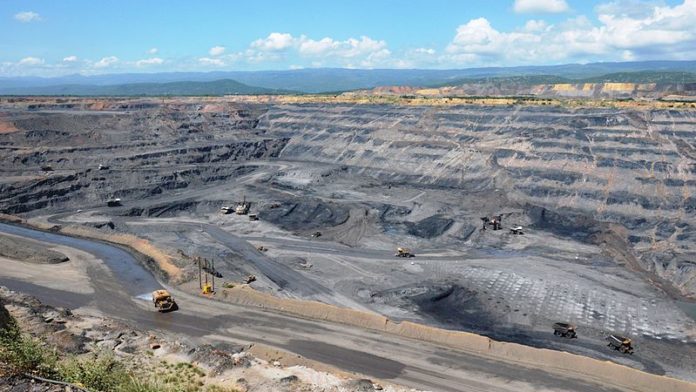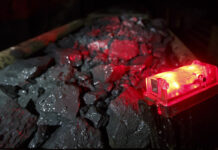
GLENCORE is to take 100% control of the Colombian thermal coal mine Cerrejon after agreeing to buy the stakes held by Anglo American and BHP, its joint venture partners in the mine, for $588m.
As the transaction is effective from December 31 and is expected to close in the first half of 2022, the effective deal consideration will be about $230m, assuming current forward coal prices. On this basis, Glencore would achieve payback on the transaction in two years. The mine currently produces about 23 million tons a year.
The Swiss-headquartered miner and commodities marketing firm defended its decision to add more coal production to its portfolio at a time when the world’s major mining firms were reducing theirs. “Disposing of fossil fuel assets and making them someone else’s issue is not the solution and it won’t reduce absolute emissions,” said Ivan Glasenberg, the outgoing CEO of Glencore.
In December, Glencore unveiled an aggressive climate change strategy to be net carbon neutral by 2050 across Scopes 1 to 3. Instead of weakening this undertaking, Glencore said that post the purchase of Cerrejon it would increase its emissions reduction target to 50% by 2035 instead of the previous 40% reduction target, based on 2019 net emissions.
It added it would introduce a new, short-term reduction target of 15% by 2026 thereby ticking an important box for environmentalists who are critical of the mining industry’s 20 to 30-year emission reduction targets.
Cerrejon’s mining concessions are scheduled to expire by 2034. Glencore said this was “… in line with our commitment to a responsible managed decline of our coal portfolio”. Coal production would “decline materially” from 2030, it said.
BHP and Anglo American own 33.3% of Cerrejon each.
Mark Cutifani, CEO of Anglo American, said today the transaction completed the group’s migration from thermal coal having de-merged its South African thermal coal assets in June.
“During that transition, we have sought to balance the expectations of our wide range of different stakeholders as we have divested our portfolio of thermal coal operations, in each case choosing the exit option most appropriate for the asset and its distinct local and broader circumstances,” Cutifani said.











